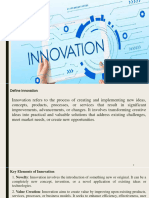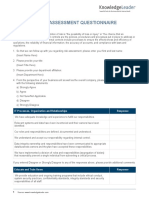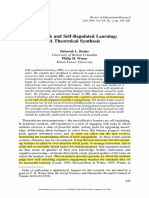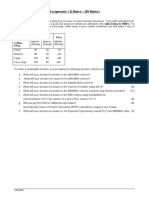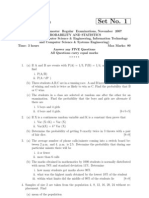0% found this document useful (0 votes)
26 views6 pagesLast Final Material For Entp. and Innovation
The document outlines various types of innovation, including product, process, business model, organizational, marketing, incremental, radical, open, social, and technological innovation, each with its definitions, purposes, key aspects, and examples. It also details the innovation life cycle, which consists of stages from idea generation to sustaining and improving innovations. Additionally, it discusses internal and external factors affecting innovation, such as organizational culture, leadership, market demand, and technological advancements.
Uploaded by
Param ParekhCopyright
© © All Rights Reserved
We take content rights seriously. If you suspect this is your content, claim it here.
Available Formats
Download as PDF, TXT or read online on Scribd
0% found this document useful (0 votes)
26 views6 pagesLast Final Material For Entp. and Innovation
The document outlines various types of innovation, including product, process, business model, organizational, marketing, incremental, radical, open, social, and technological innovation, each with its definitions, purposes, key aspects, and examples. It also details the innovation life cycle, which consists of stages from idea generation to sustaining and improving innovations. Additionally, it discusses internal and external factors affecting innovation, such as organizational culture, leadership, market demand, and technological advancements.
Uploaded by
Param ParekhCopyright
© © All Rights Reserved
We take content rights seriously. If you suspect this is your content, claim it here.
Available Formats
Download as PDF, TXT or read online on Scribd
/ 6














